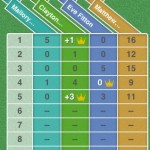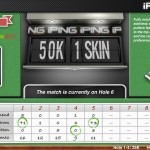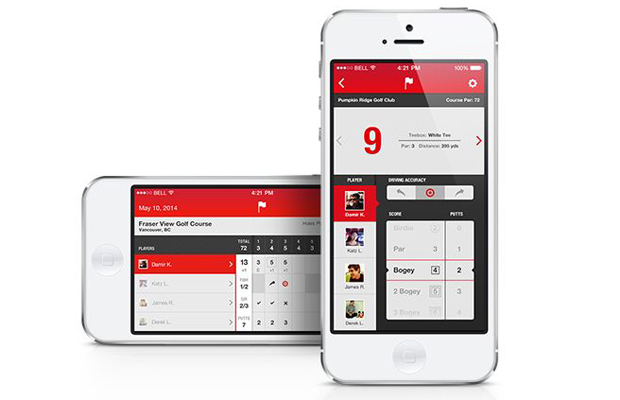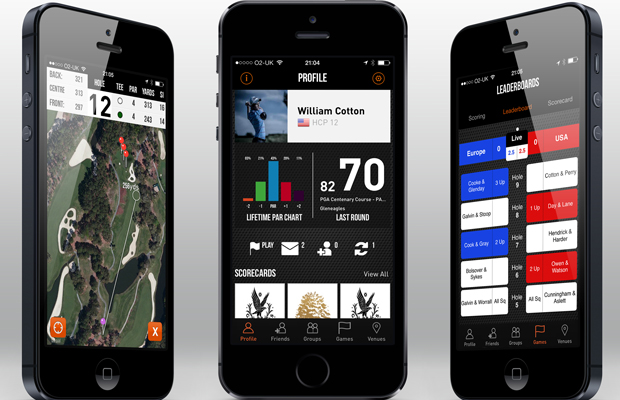Equipment
iPING version 1.2 is here

Having the right tools makes all the difference. That’s the reason golfers carry 14 clubs in their bags. After much time and practice, good golfers learn which tool is right for the job.
But even the best golfers sometimes have trouble deciding what putter to use. Since putters are offered a wider variety of options and styles than any other club, it is the most tinkered with tool in nearly every golfer’s bag. It’s also the most important club, accounting for about 40 percent of a player’s score.
That’s why the GolfWRX staff called last summer’s release of iPING a “game changer.” Click here to read the original thread
iPING is an application available for Apple iPhone 4, iPhone 4S and fourth-generation iPods that allowed players to better understand the path, rhythm and length of their putting strokes. This technology was nothing new – sophisticated hardware that studied these variables had been available for a while. But it had never been cheap or convenient.
iPING made it cheap and convenient. To use iPING, all a player needed was a $30 PING cradle that fit nearly every type of putter, a compatible iPhone or iPod, and the iPING app (available through Apple’s App Store for free). Maybe more important was that iPING was completely portable, unlike other high-tech putting devices that needed bulkier hardware and extensive setup.
Usually, affordability and convenience come with sacrifices compared to larger and more expensive devices, but iPING didn’t compromise. In fact, it added PING software called iFIT, which analyzed loft, lie angle, and length, as well as a player’s stroke tendencies. Through PING’s “Fit for Stroke” system, iFIT was able to recommend the best type of PING putter for a player. The trick to iPING was using the acceleramators and gyroscopes that were already built into compatible Apple mobile devices to measure all the movements in the putting stroke. With the hardware taken care of by Apple, all that was left for PING engineers like Dr. Paul Wood to do was design application that could interpret the raw data.
“The important thing to bear in mind is that we already had a bunch of research behind us from using other measurement devices,” Wood said. “When the idea for iPING itself came along we were ready to pounce. And from the first data we took with an iPhone to iPING being released was only about six months. That’s a very aggressive time frame.”
Today PING released version 1.2 of iPING, which includes a new “Skins Game” feature. The first versions of iPING measured a player’s consistency score, or “putting handicap,” which was based the repeatability of a player’s stroke. iPING would grade a player’s consistency based on five 10-foot putts. An iPING user could use the results to improve their putting handicap, and compare it against PING staff players featured on the app.
The Skins Game feature in version 1.2 of iPING allows users to test their putting prowess against iPING users throughout the world. Through Apple’s Game Center, a player can choose a three, six, or nine-hole match and can invite up to three friends to join, or let the Auto-Match feature locate playing partners.
“Game Center’s turn-based technology alerts users to their next turn via the new Notification Center in [Apple] iOS 5,” according to a PING press release. “The game format follows a traditional skins competition where holes have point values, which increase throughout the match, and ties on a hole carry over until someone wins a hole (and the skins) outright. The person with the most points at the end of the match wins.”
The iPING Skins Game also has a party mode for contestants in the same location, which can use Apple AirPlay to show live leaderboards on an HD television using an existing wireless network and an Apple TV. Wood said that in early stages of designing iPING, he hadn’t thought much about promoting the game aspect of iPING. But he saw that it would be fun to get people using it together – especially for him, who can now have a putting contest through iPING against his father in England. The real value to Wood and the putter engineers at PING, however, is the data that the company collects from people using the iPING app.
According to Wood, PING does not gather information such as names and locations – that would cause too many privacy issues. But the company does capture the data every time someone uses iPING to do a fitting session. The lofts, lie angles and stroke tendencies are compiled into a data base large enough to give engineers a glimpse into the putting population as a whole.
“We were surprised how wide and dispersed the numbers were,” Wood said. “100,000 sessions shows you fairly accurately what the population looks like. With numbers that large, the noise gets washed out.”
iPING’s release in the summer of 2011 corresponded with the release of PING’s Anser and Scottsdale putter series, which was an important part of the app’s success according to Wood.
“Timing is everything with these things,” Wood said. “It helps that we got the putters out at the same time as iPING. The data we collected proves that we need to have putters like the Mesquite, a toe-down mallet, and the Carefree [a mid-hang mallet].”
Click here for more discussion in the forums
“Toe down,” “mid hang,” and “face balanced” refer to the way the center of gravity is situated in a putter. By balancing a putter’s shaft on your finger, you can determine what type of putter you have. If the putter face points toward the sky, it is face balanced. If it rests at a 45-degree angle, it is a mid-hang putter. And if the face points sideways, it is a toe-down putter. Face balanced putters are best for “straight-back, straight-through strokes.” A mid-hand putter would be best for someone with a slight arc in their stroke. A toe-down putter would be best for a player with a more arc in their stroke.
Knowing what type of putter is best for a player isn’t just something for beginners, either. PING staff players such as Heath Slocum, Angel Cabrera and Rhys Davies have used the technology in iPING to help them putt better. Heath Slocum was one of the first players to test iPING when it was unveiled to Tour players at the U.S. Open. He was striking the ball extremely well at the time, but was struggling with his putting. On the iPING, Slocum’s putting stroke was measured as having a “strong arc.” At the time, he was using a face-balanced putter. Wood suggested that unless Slocum was very tied to his face-balanced putter, he should consider returning to the toe-down PING putter he had had earlier success with in his career, a PING PAL. When Slocum switched, he saw his putting handicap go down, and he played much better for the rest of the year. He finished T-11th at the U.S. Open, and had four more top-20 finishes on the PGA Tour in 2011. Prior to the U.S. Open, he only recorded one top-20 finish on Tour.
Two-time major champion Angel Cabrera also used the iPING to help him on the greens. Cabrera has one of the most straight-back, straight-through strokes on Tour, but for years has preferred the look a mid-hang Anser putter.
“Angel had always been conflicted about using a face-balanced putter, but the [iPING] scores reinforced that he needed to be using one. It got him to switch to a [face-balanced] Anser 5.”
Rhys Davies, who Wood called one of the best putters on the PING staff, used the iPING in a different way to help him putt better. He was struggling with his putting this fall, and decided to look at previous iPING sessions to see if anything had changed in his stroke. He noticed that his lie angle had become much flatter, as a result of him dropping his hands at address. By raising his hands back to the proper position, he saw his putting improve.
Wood is very excited about what’s next for iPING. He said there’s “a whole bunch more PING can do with the app,” but like all good golf company employees, he wouldn’t comment any further.
“The great thing about software is that is moves very quickly,” Wood said. “It doesn’t have a whole supply chain like building putters. There’s a ton of ideas we’re looking at, but the best part of iPING might be that it encourages people to go out and practice their putting. Any time you can do that, it’s a good thing.”
By Zak Kozuchowski
GolfWRX Staff
Equipment
BK’s Breakdowns: Cameron Young’s winning WITB, 2025 Wyndham Championship

Cameron Young’s WITB from his win at the 2025 Wyndham Championship. Cameron is a Titleist staff player but his bag is definitely filled with some unique clubs. Here are the clubs he used to secure his first PGA Tour win!
Driver: Titleist GT2 (9 degrees, A1 SureFit setting)
Shaft: Mitsubishi Tensei 1K Pro Orange 70 TX
3-wood: Titleist GT3 (15 degrees)
Shaft: Mitsubishi Tensei 1K White 80 TX
Hybrid: Titleist GT2 (21 degrees)
Shaft: Fujikura Ventus HB Black VeloCore+ 10 X
Irons: Titleist T200 (4), Titleist T100 (5), Titleist 631.CY Prototype (6-9)
Shafts: True Temper Dynamic Gold X7 (4-9)
Wedges: Titleist Vokey Design SM10 (48-10F, 52-12F, 56-14F @57), WedgeWorks (60-K* @62)
Shafts: True Temper Dynamic Gold X7
Putter: Scotty Cameron Phantom 9.5 Tour Prototype
Grips: Golf Pride Tour Velvet Cord
Ball: Titleist Pro V1x Prototype
Whats in the Bag
Peter Malnati WITB 2025 (August)
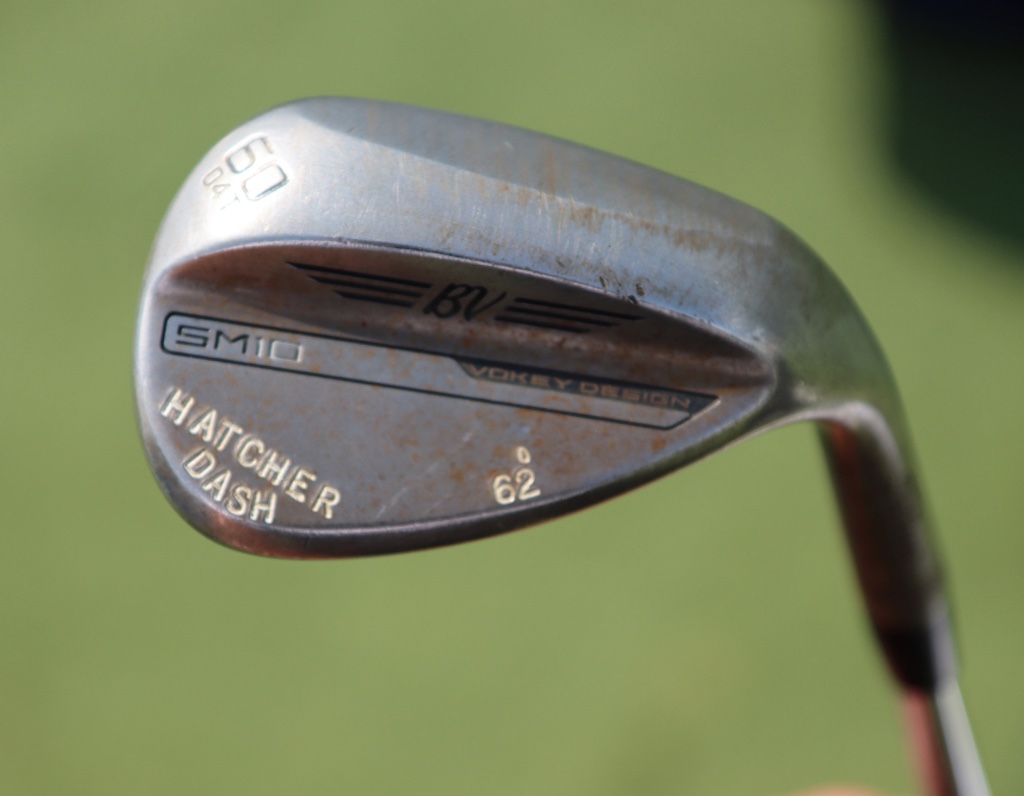
- Peter Malnati what’s in the bag accurate as of the Wyndham Championship. More photos from the event here.
Driver: Titleist GT3 (10 degrees, C2 SureFit setting)
Shaft: Project X Denali Blue 60 TX
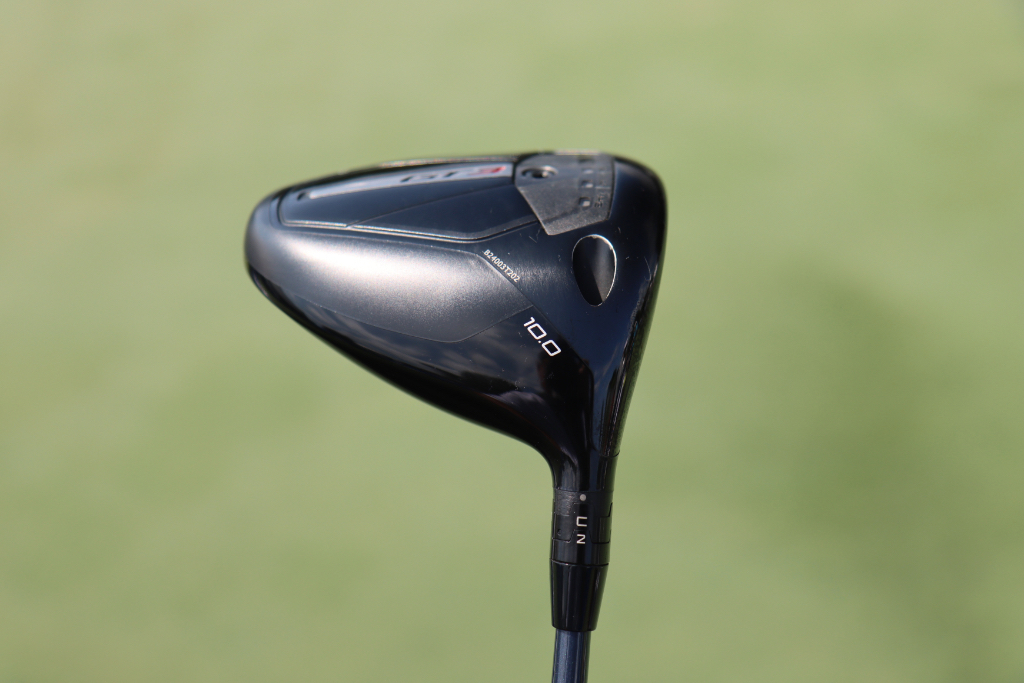

3-wood: Titleist GT3 (15 degrees, A1 SureFit setting)
Shaft: Fujikura Ventus TR Blue 7 X
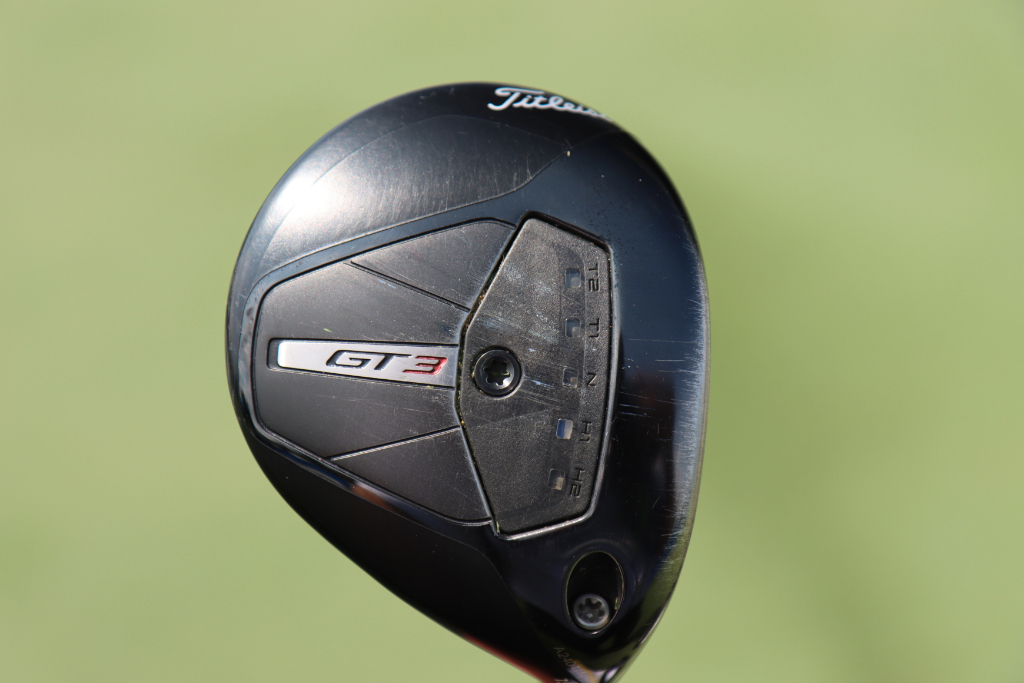
7-wood: Titleist GT2 (21 degrees, D1 SureFit setting)
Shaft: Fujikura Ventus TR Blue 8 X
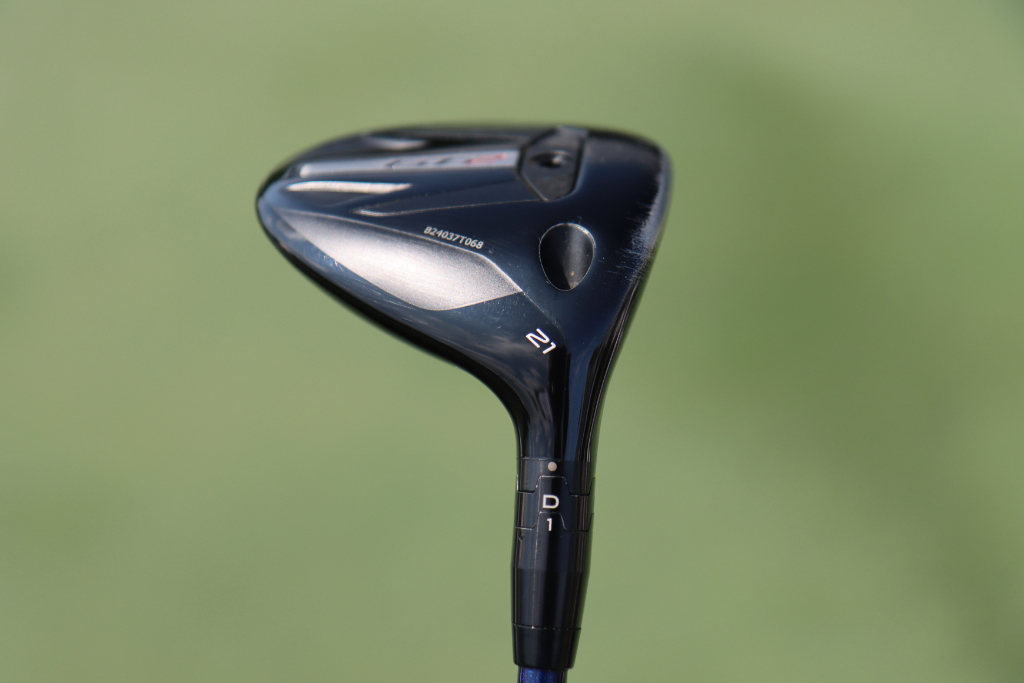
Irons: Titleist T150 (4, 5), Titleist T100 (6-9)
Shafts: True Temper AMT Tour White X100
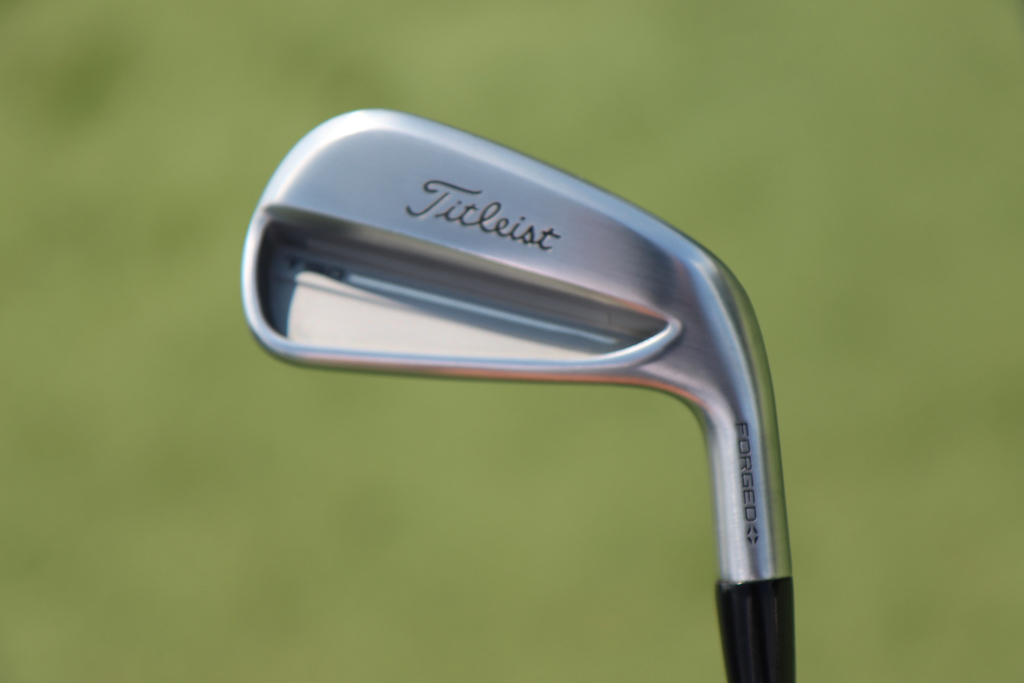
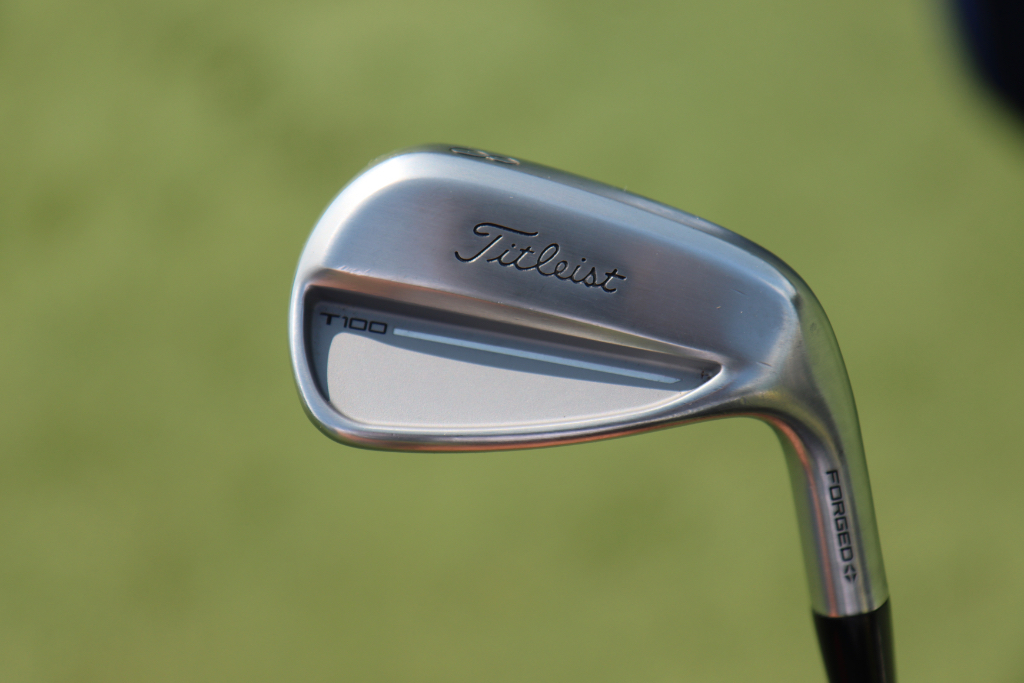
Wedges: Titleist Vokey Design SM10 (48-10F @47, 52-12F, 56-08M @57, 60-04T @62)
Shafts: True Temper Dynamic Gold Tour Issue S400
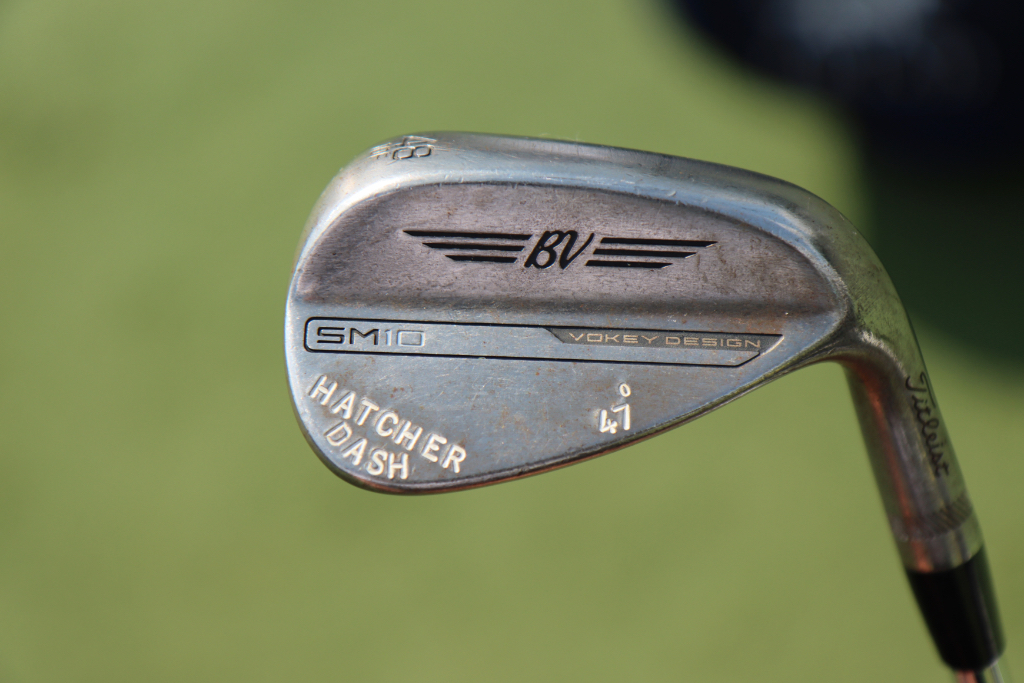
Putter: Scotty Cameron Studio Style Fastback 1.5 Tour Prototype
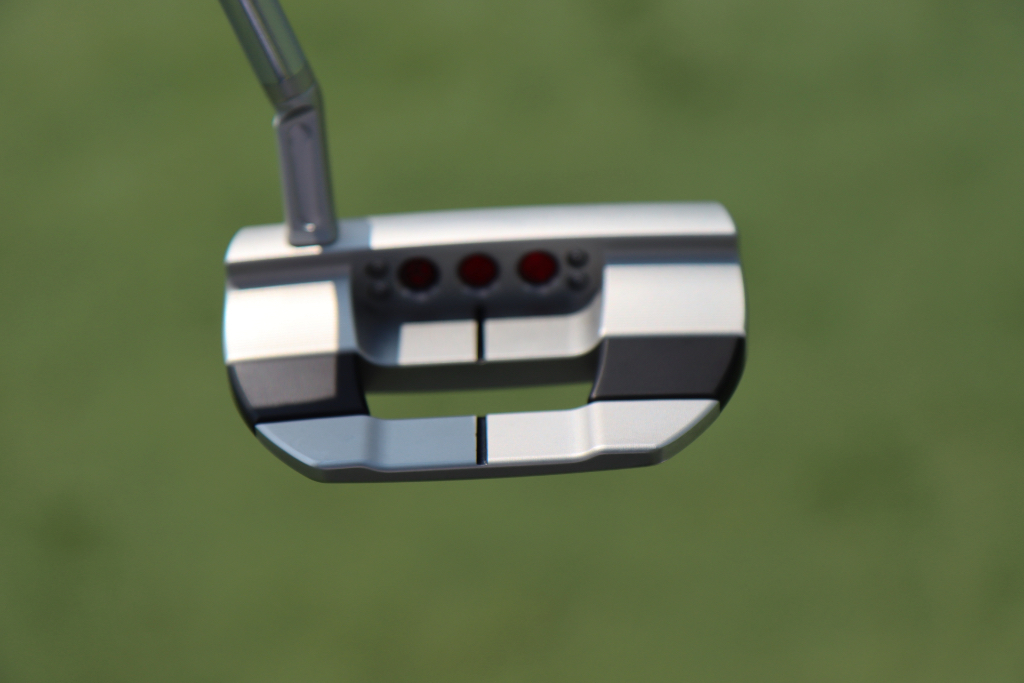
Grips: Golf Pride Tour Velvet
Ball: Titleist Pro V1x Yellow
Equipment
GolfWRX Members Choice presented by 2nd Swing: Best driver of 2025
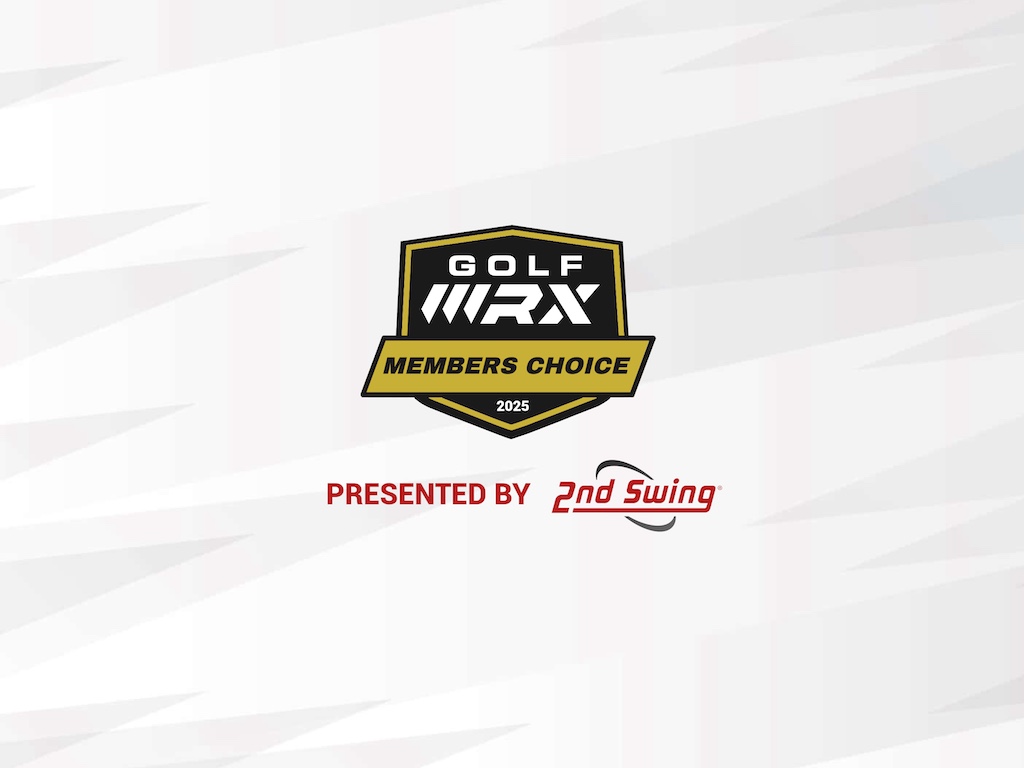
We’re proud to once again partner with 2nd Swing Golf to bring you GolfWRX Members Choice 2025! 2nd Swing has more than 150,000 new and pre-swung golf clubs available in six store locations and online. Check them out here.

What is the best driver in 2025? At GolfWRX, we take great pride in our online community and the cumulative knowledge and experience of our members. When it comes to the best driver of 2025, we want to know what our forum faithful think.
Since our founding in 2005, the bedrock of GolfWRX.com has been the community of passionate and knowledgeable golfers in our forums, and we put endless trust in the opinions of our GolfWRX members — the most knowledgeable community of golfers on the internet. No other group of golfers in the world tests golf clubs as frequently or as extensively, nor is armed with such in-depth information about the latest technology.
Below are the results of GolfWRX member voting for the 2025 best driver, along with the vote percentage for each club.
Best driver of 2025: The top 5
5. Callaway Elyte Triple Diamond: 6.02%
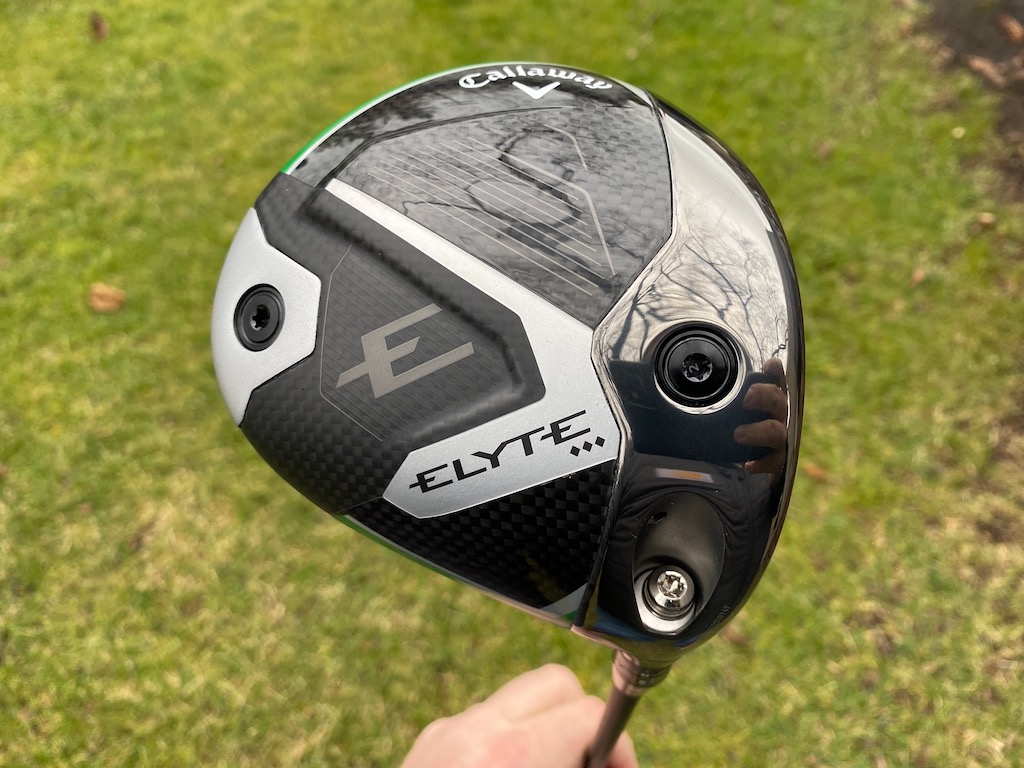
Callaway’s pitch: “For golfers looking for a fast, forgiving, yet workable driver, the Elyte Triple Diamond features a tour-inspired shape and is the preferred model by most Callaway tour players.”
You can read what other golfers are saying about the driver in the GolfWRX forums, and see our launch piece here. Shop the Callaway Elyte Triple Diamond here.
4. Ping G440 Max: 6.86%
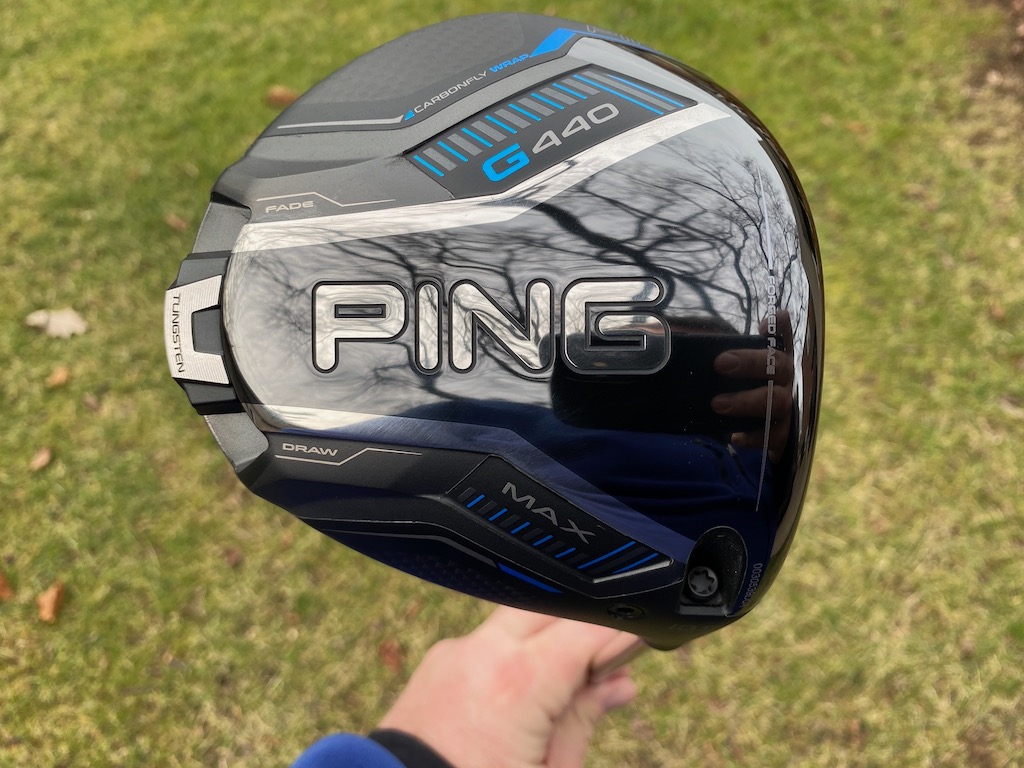
Ping’s pitch: “The most forgiving G440 model, MAX has a hotter face to generate speed and distance, and a lighter overall system weight with a longer shaft (46″) for faster clubhead speed, higher launch and longer carries. The Free Hosel and Carbonfly Wrap crown save weight to create our lowest CG ever and increase forgiveness while contributing to a more muted, pleasing sound.”
You can read what other golfers are saying about the driver in the GolfWRX forums, and see our launch piece here. Shop the Ping G440 Max here.
3. Ping G440 LST: 9.53%
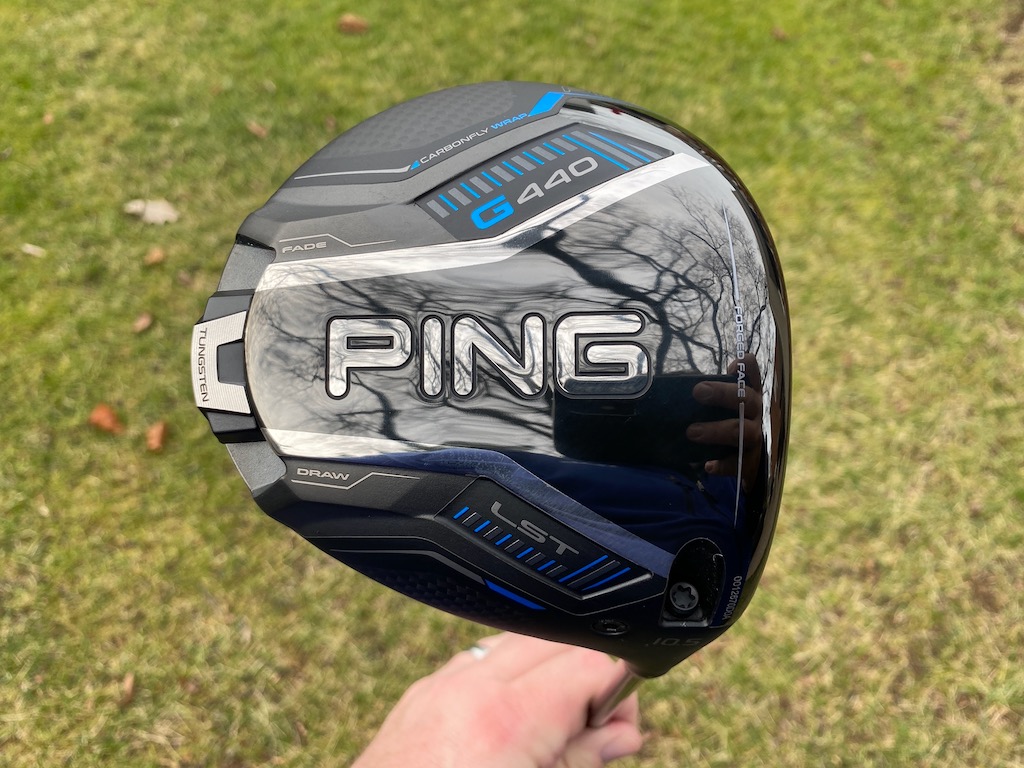
Ping’s pitch: “LST is an especially good fit for faster swings, offering less spin and more control with a penetrating trajectory. A hotter face, lighter overall system weight and longer shaft (46″) deliver more speed and distance while maintaining tight dispersion.”
@phizzy30: “Not a fan of Ping drivers in general, but 440 LST takes the cake. It’s super forgiving across the face for a low spin head, looks and sounds good and the ability to make it play neutral or slightly fade biased through the hosel settings is very appealing.”
You can read what other golfers are saying about the driver in the GolfWRX forums, and see our launch piece here. Shop the Ping G440 LST here.
2. Titleist GT3: 16.55%
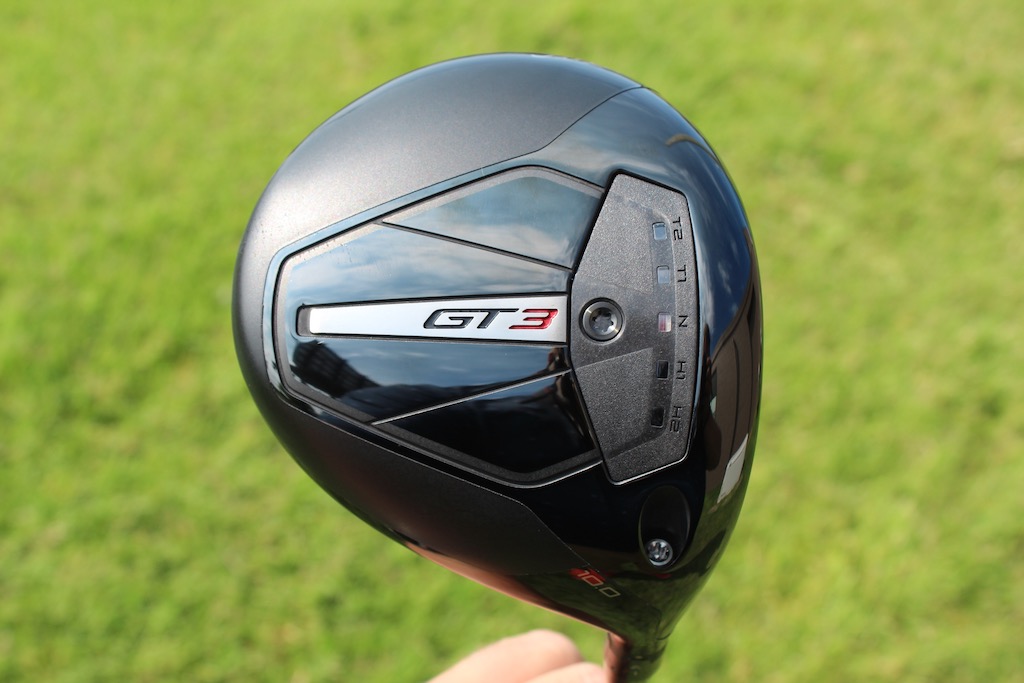
Titleist’s pitch: “The GT3 Driver offers Titleist’s boldest combination of power and personalization through adjustable performance. Dial in the CG Track to your frequent contact location to make your biggest drives even bigger while taking total control over flight and shaping.”
@mrmikeac: “I’ve been Anti-Titleist for years and years and years (outside of Vokey, of course). With that being said, HOLY BEGEEZUS the GT3 driver is an absolute NUCLEAR MONSTER! This thing blew my G430 10K Max out of the water in every single category. Forgiveness is the biggest thing that stands out of me, the 3 model has always been one of the less forgiving models in the past but this GT3 can take bad shot after bad shot and still end up in the fairway, I think a ton of that has to do with the adjustability, it’s actually effective. Feel and sound is perfect, that solid crack is so addicting to hear and when you hit it out the screws this thing can absolutely bomb it. Titleist, I’m sorry for doubting you. You have converted me.”
You can read what other golfers are saying about the driver in the GolfWRX forums, and see our launch piece here. Shop the Titleist GT3 here.
1. Titleist GT2: 22.91%
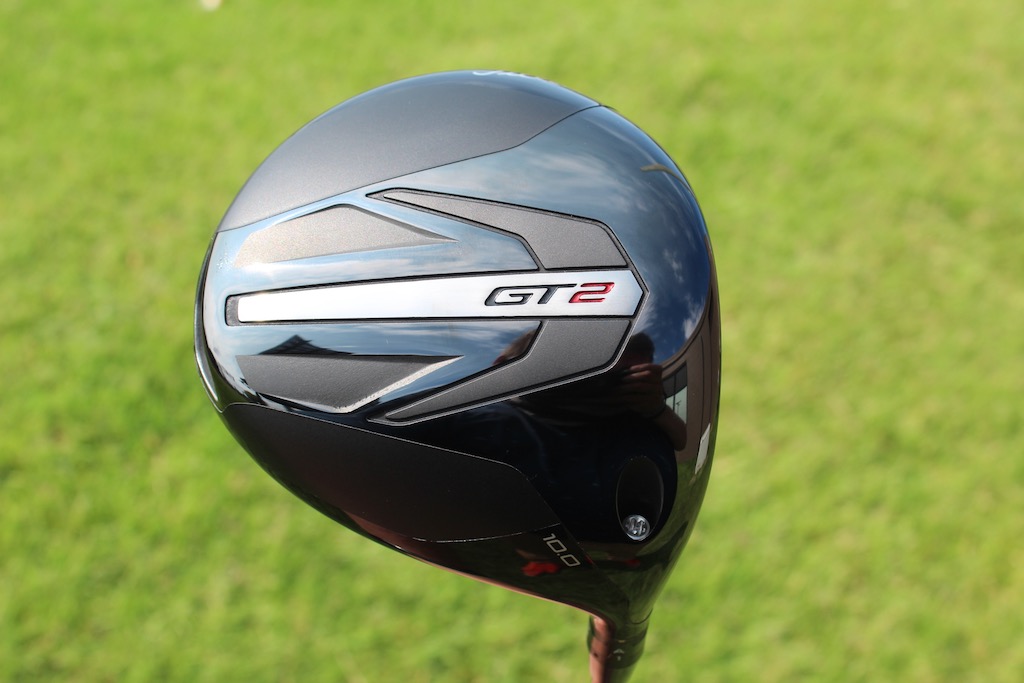
Titleist’s pitch: “Delivering impressive distance from any impact point, the Titleist GT2 Driver extracts maximum performance through a forgiving design. Get the stability and added confidence of a high-MOI driver without sacrificing speed.”
@DTorres: “The Titleist GT2 has proven to be the best driver of the year. Packaged in a classic profile, GT2 perfectly balances performance and forgiveness while consistently being a high performer across all categories.”
You can read what other golfers are saying about the driver in the GolfWRX forums, and see our launch piece here. Shop the Titleist GT2 here.
Other drivers receiving >2% of the vote
| Driver | Vote percentage (%) |
|---|---|
| Cobra DS Adapt Max K | 4.85% |
| Ping G430 Max 10K | 3.85% |
| Callaway Elyte Triple Diamond | 3.68% |
| TaylorMade Qi35 | 3.51% |
| Callaway Elyte | 3.18% |
| Cobra DS Adapt X | 2.34% |
| Cobra DS Adapt LS | 2.17% |
| TaylorMade Qi35 LS | 2.17% |
View this post on Instagram



